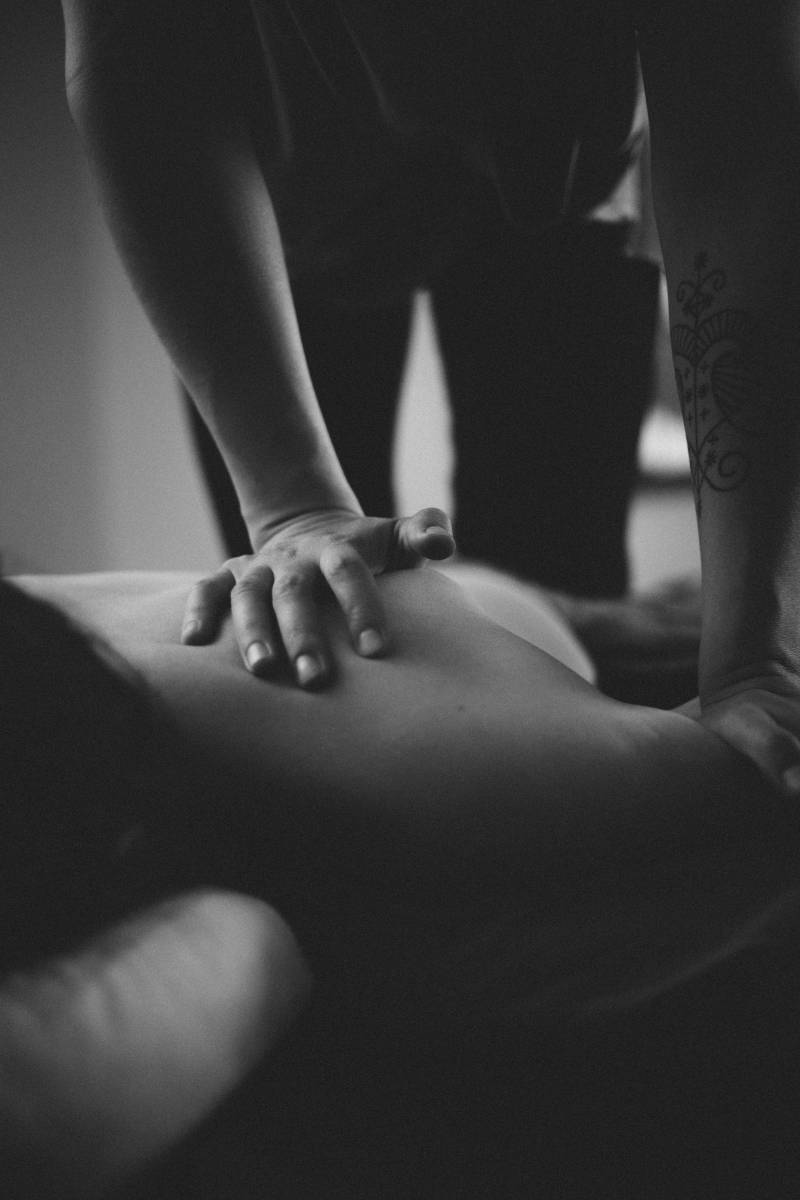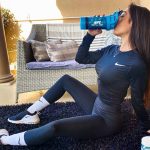Whether you have just started working out as part of a healthy kick-off into 2020, or if you have been an avid gym-goer for years, there is one word that can instantly ruin the best of your workout days: DOMS.
Delayed onset muscle soreness, i.e., DOMS is not something anyone likes to experience, and a side effect certainly no one enjoys. So let’s explore what it is, what its causes are, and how it will actually impact your training.
What is DOMS?
Delayed onset muscle soreness is pain and muscle stiffness you experience anywhere between 24 and 72 hours after exercise.
It most often occurs when you have engaged in a high-intensity activity you’re not accustomed to. DOMS can affect even the most experienced athletes, so it’s not so much about fitness levels, as it is about intensity levels.
DOMS is not the same as the muscle fatigue that you feel right after a workout – it is more intense, and can last for several days.

What causes DOMS?
DOMS is caused by the microtears you inflict on your muscles while working out.
While it may sound a bit scary, in fact, these microtears are what makes muscles grow. You will be inflicting them on your muscles every time you work out – but if you have done too much, and pushed your body too far, DOMS will be your reward.
Why does it feel worse before it feels better?
Contrary to popular belief, DOMS has nothing to do with lactic acid buildup in the muscles.
What actually happens is a temporary inflammation around the muscles you have overworked, which is why they are so sore. As time goes by, your body mobilizes blood cells to rush to the inflamed area and promote healing, and this will peak somewhere between 24 and 48 hours after a workout.

How to prevent DOMS?
The only way never to get DOMS is not to work out. But since that is not an option, there are several things you can do to make it easier on your body.
You are most likely to get DOMS when you first start lifting weights (or engaging in any other high-intensity training), or after a longer break. DOMS can also be caused by significant changes to your usual routine.
This is why the best advice we can give you is to take it slow – i.e., push your body more with every workout, but not over a certain limit.
If you increase your workout intensity or rep count by 1% with each new session, you are certain to both avoid DOMS, and to still achieve the results you are looking for.
It may not sound like much, but 100 sessions from now, you will be doing 100% more than you are at the moment. Which is anything but insignificant.
Remember that in order to make your muscles grow, you need to inflict those microtears on them with every workout. But taking it overboard is what causes DOMS, so if you stay within a safe rep and intensity range, you should be hitting just the right spot.
How to make DOMS heal faster?
If you’re already suffering from DOMS, you will have to wait it out. There’s not that much you can do once it sets in, but a few things might help.
First, you will need to be patient, as time is the best cure for DOMS. While you might be rather miserable for a few days, two to three is all you will need to suffer through most cases.
Also, you should provide your body with plenty of fuel to repair the damage you have caused by eating more protein, as it is the building block of muscle fibers.

Sleep is the single most important thing for muscle growth, so make sure you get enough sleep as well. And it shouldn’t just be about quantity; the quality of your sleep is even more important. There are numerous hacks to sleeping better that you can try out, and thus improve your muscle recovery.
It may surprise you that working out is another way to help your muscles recover. Although you’re sore, you can still do some lower intensity workouts just to keep the blood flowing, and to prevent your other muscles from stagnating. Don’t try to do your usual reps though – stick to something light and ‘easy.’
You can also try Epsom salt baths and foam rolling, which can ease some of the symptoms – but they are not a cure.
Is DOMS bad for you?
Yes and no.
No, it won’t have a very significant impact on your goals. After all, as long as you recover properly (with the help of quality sleep and nutrition), your muscles will rebuild themselves stronger than before.
On the other hand, the pain and soreness is certainly not pleasant, and it can even impact your daily life. Make sure you’re not injured and are just suffering from DOMS – if the pain is localized and worsens when you move, you may be injured.
Try not to push your body extremely over the limit every time you work out. The entire point of exercise is to make you feel better, and no, being in pain does not mean you are doing something right. It’s more about finding that rep range and intensity that works your muscles but does not leave you limping for days afterwards.

Final thoughts
DOMS is the bane of most athletes, professional or amateur. But luckily, they are not that long-lived and can be an excellent guide to how much your body can actually take.
Author bio:
Caitlin is a bookworm, student, and recreational dancer. She is quite passionate about nutrition, fitness, and wellbeing. When she is not trying to find the meaning of life and the Universe, Caitlin is researching and writing about various health-related topics. She is happily addicted to art in all its forms, grilled tofu, and hiking. To see what she is up to next, check out Caitlin’s Twitter.
Photo Credits:

















